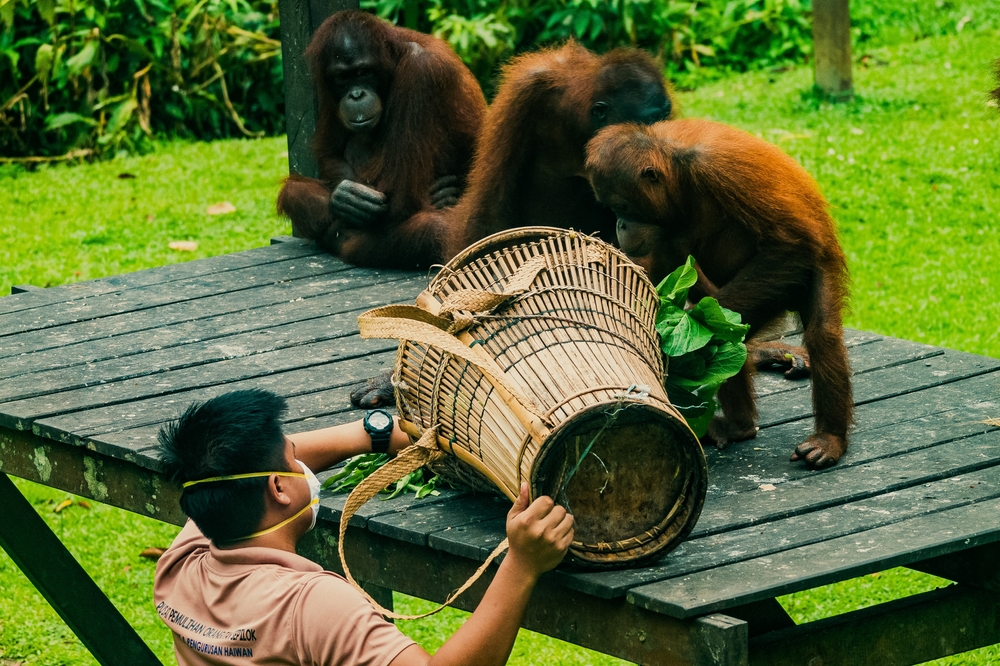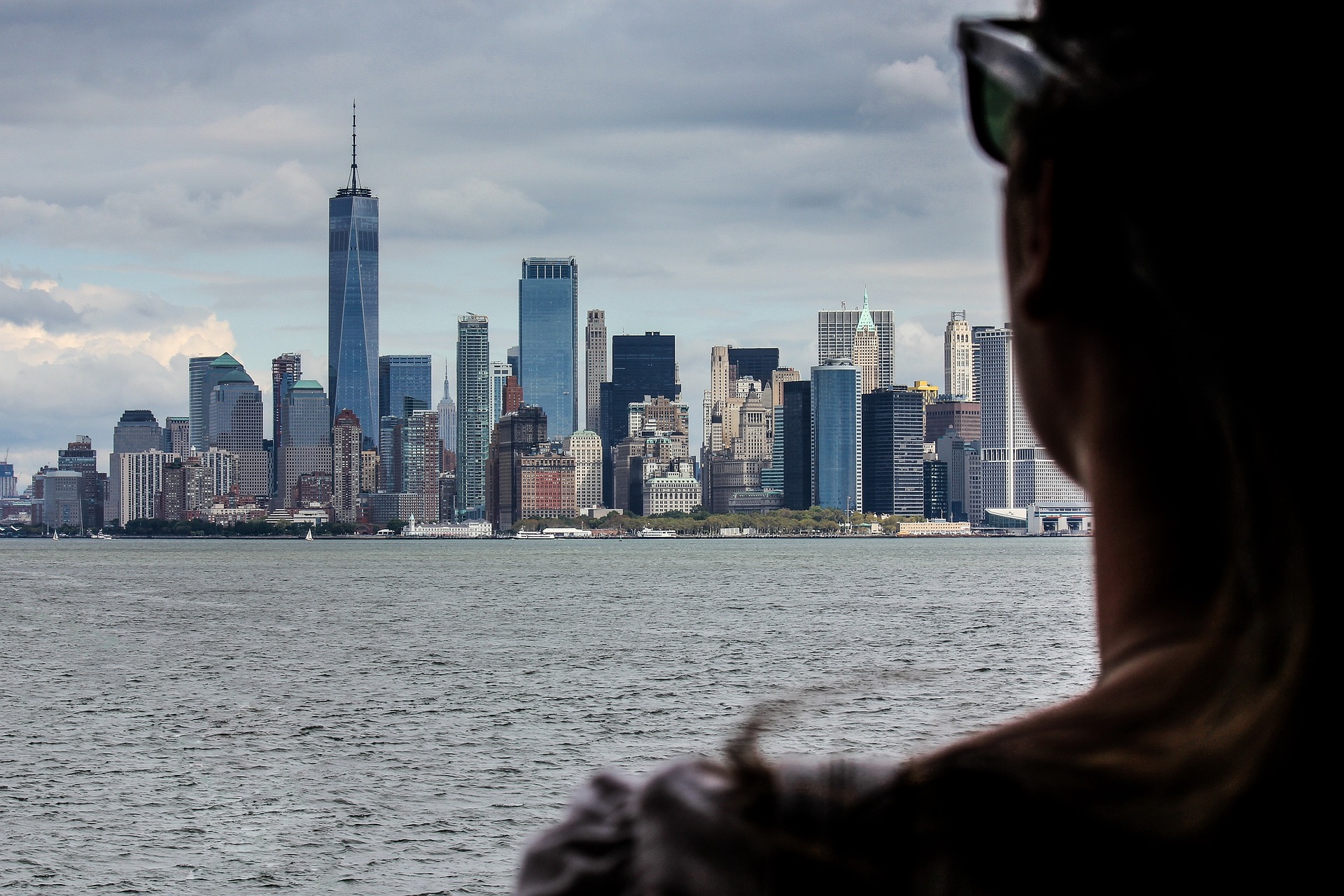Pioneering Perspectives on Primate Rehabilitation
Primate rehabilitation is an emerging field that's reshaping our understanding of interspecies relationships and conservation efforts. This article delves into the evolution of this practice, current challenges and developments, and its implications on the global pet and wildlife industry.

Unraveling the Origins of Primate Rehabilitation
The practice of primate rehabilitation can be traced back to the 1960s when the negative impact of human activities on primate species began to surface. It started as a response to the increasing number of orphaned and injured primates, victims of deforestation, the illegal pet trade, and hunting. Rehabilitation centers emerged to provide these primates with medical care, socialization opportunities, and a nurturing environment to recover.
Current Challenges in Primate Rehabilitation
While the field has grown significantly over the decades, it still faces numerous challenges. One of the major hurdles is the lack of funding and resources. Additionally, the process of reintroducing rehabilitated primates back into the wild is complex, requiring careful assessment of individual primates’ readiness and identification of suitable release sites.
Recent Developments in Primate Rehabilitation
Despite the challenges, the field of primate rehabilitation has witnessed some groundbreaking developments. Innovations in veterinary medicine have led to improved care for primates, increasing their survival rates. Additionally, there’s a growing emphasis on community involvement in conservation efforts, helping to raise awareness and funds for primate rehabilitation.
The Pet Industry and Primate Rehabilitation
The pet industry also plays a significant role in primate rehabilitation. Unfortunately, primates are often kept as exotic pets, leading to various health and behavioral issues. When these pets are surrendered or confiscated, rehabilitation centers step in to provide specialized care. The estimated cost of rehabilitating a primate can range from $1,000 to $5,000, depending on the severity of its condition and the length of its stay in rehabilitation.
Primate Rehabilitation: A Catalyst for Conservation
Primate rehabilitation is more than a rescue mission. It’s a catalyst for larger conservation efforts, shedding light on the consequences of human interference in wildlife habitats. This field’s growth signifies a shift in our perception and responsibility towards our primate cousins, promoting coexistence and respect for all life forms.
In conclusion, primate rehabilitation is a dynamic field, transforming our approach to wildlife conservation. As we continue to understand our impact on the natural world, it’s crucial to support these efforts, ensuring a sustainable future for primates and other wildlife species.




